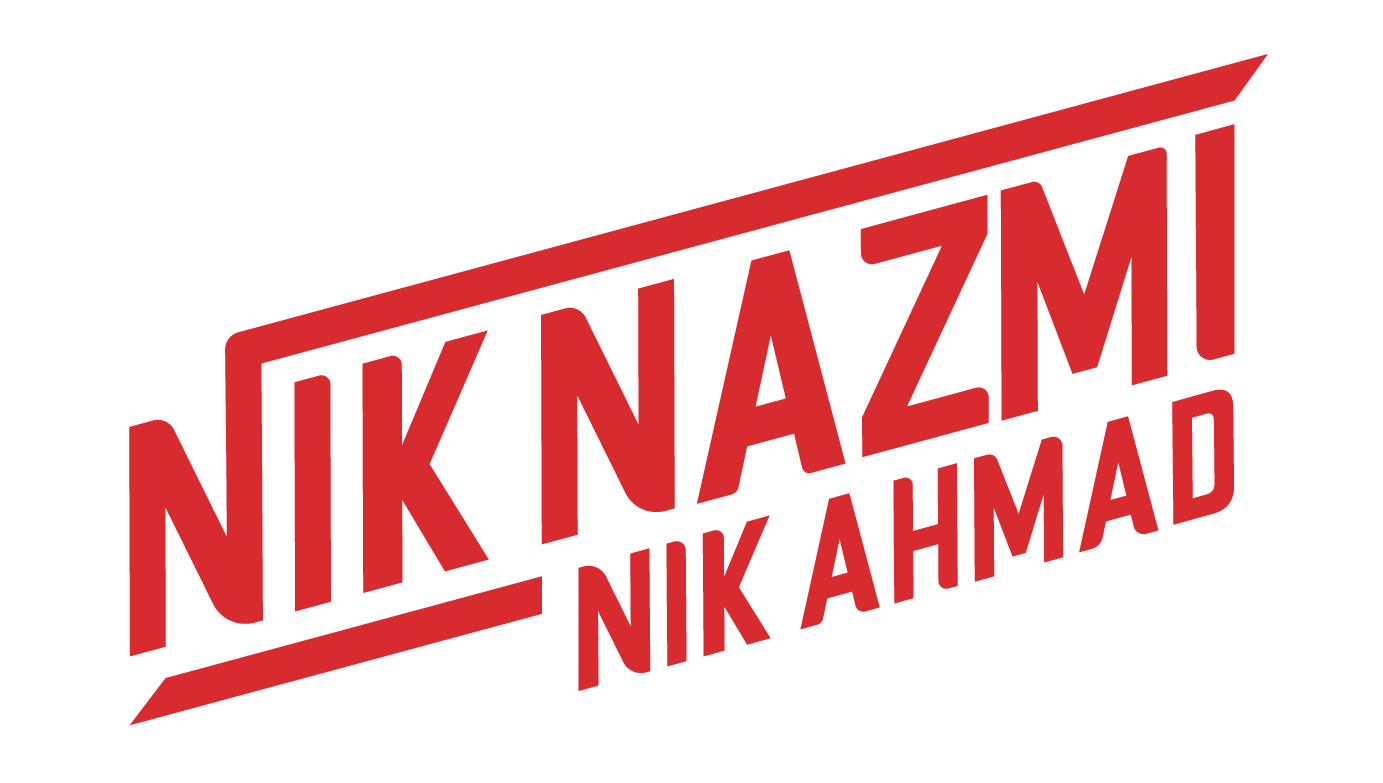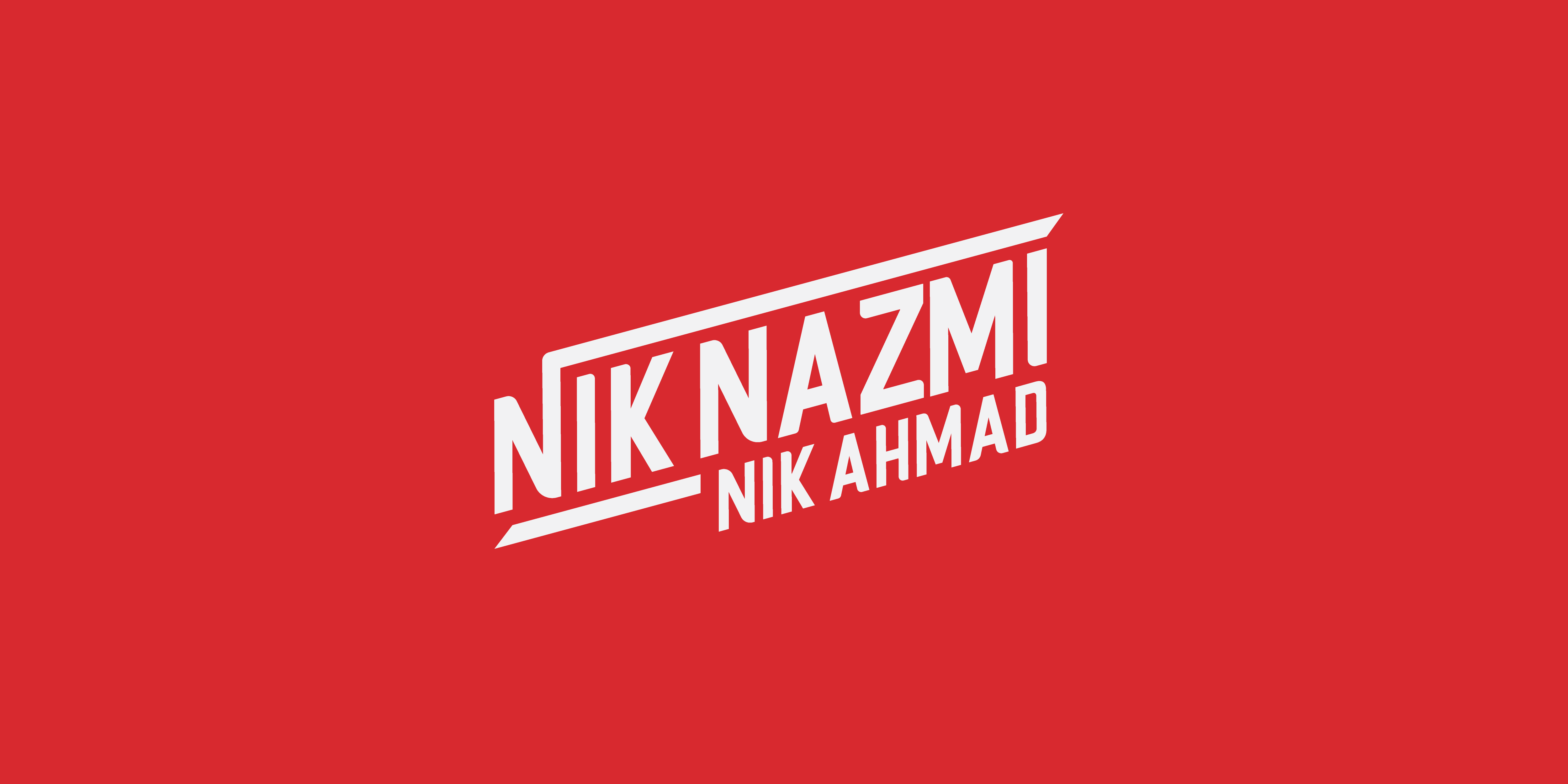Most of the key issues in KL are all related to the economy and development. The level of development and per capita income in the city can be said to be almost, or on par with developed countries.
However, the issues stem from the fact that the B40 in KL are often overlooked because of their higher income than their counterparts from rural areas and even other towns, while the cost of living in KL is not taken into account.
With regards, to income disparity, there is indeed no easy short-term solution.
The increase in minimum wage is positive. In fact, KL should be the pioneer for a living wage that was proposed by Bank Negara. In addition, programs for interventions in welfare, education and health should be expanded.
There is a lot to be done to improve the environment in PPRs, and I believe it is important to focus on children.
That is why I have innovated on what I learned with the Mentari Project in PJ with the Tunas Mentari football project in PPR Air Panas and the Reading Bus Program in AU3.
In the long term, I believe we should have some form of local council elections. But we must acknowledge there still exists long-held fears of racial dominance, dating to the days of 1960s, which was borne through local council elections as well.
The government should conduct a study on how to implement a system that is inclusive and will dispel any fears. Even if we cannot implement in nationwide, the democratic deficit justifies KL to have an elected local government.
KL is a city with a lot of potential, and really the sky’s the limit. However, we need to move beyond the nitty-gritty issues.
We need to focus on public transport, as it is crucial for the city. There has been a lot of work done by Prasarana, FT Ministry and DBKL in improving this.
Previously the free GoKL bus service was only utilised by tourists and foreigners due to its routes which mainly serves the downtown area of the city.
Now, the expanded and new routes go through residential areas and connect with existing LRT/MRT lines. We should look at restarting MRT3, whether using the original route or an improved route.
Ultimately, the KL City Plan must be viewed holistically for a sustainable development of the city. We can allow development, but work harder in providing new PPR areas to ensure the city remains inclusive.
At the same time, the character of KL must be preserved whether it is about the city’s heritage or green areas.



